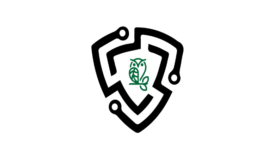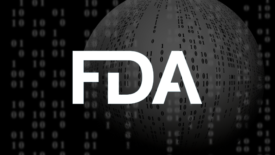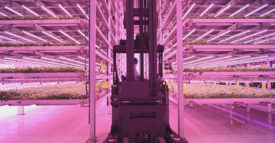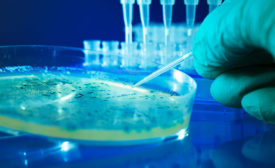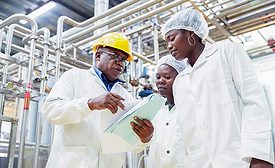Food Defense
Food Documents as Food Fraud Facilitators
Food fraud is accomplished in numerous ways, and document fraud may be one of the easiest ways for food fraudsters to operate undetected
February 6, 2023
An Information Sharing and Analysis Center for the Food and Agriculture Sector
The food and agriculture sector is the only U.S. critical infrastructure without a threat Information Sharing and Analysis Center (ISAC)
February 6, 2023
Applying Foresight to Navigate Opportunities and Challenges amid an Evolving Food Safety Landscape
As agri-food systems transform in response to the changing global context, food safety management must keep pace to safeguard consumer health and ensure international trade
December 11, 2022
The Future of Food Safety Microbiology Markets
The markets surrounding microbiology testing have been changing rapidly in recent years—a change that will continue over the long term
December 9, 2022
Utilizing Risk to Develop Food Safety Systems
Food safety systems can be examined in a systematic, risk-based way to aid food safety practitioners in their work
August 15, 2022
Never miss the latest news and trends driving the food safety industry
eNewsletter | Website | eMagazine
JOIN TODAY!Copyright ©2025. All Rights Reserved BNP Media.
Design, CMS, Hosting & Web Development :: ePublishing
